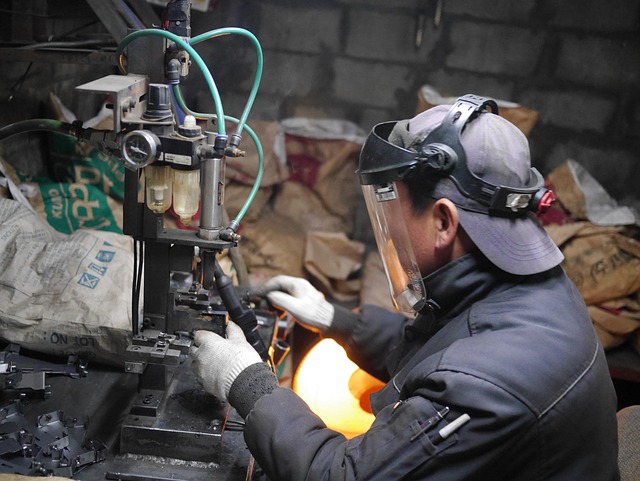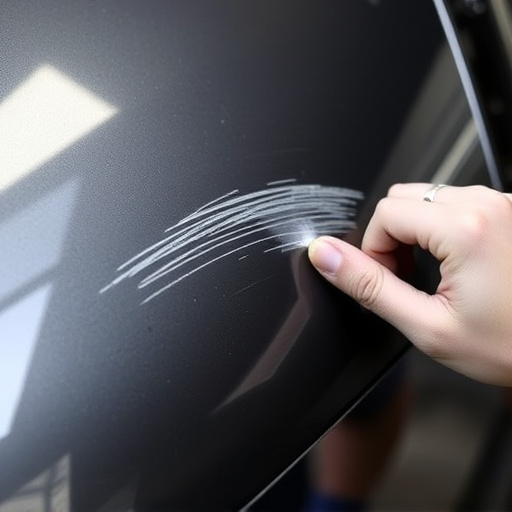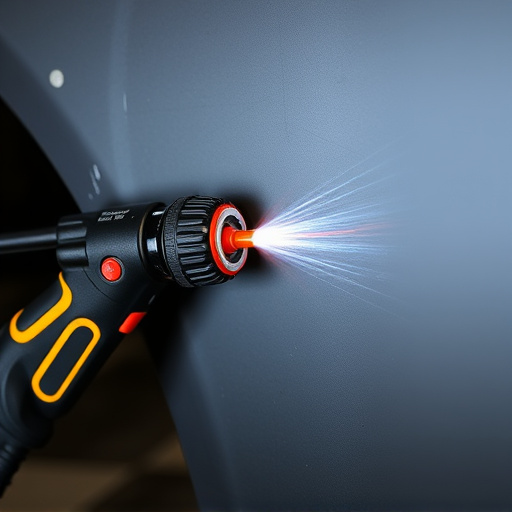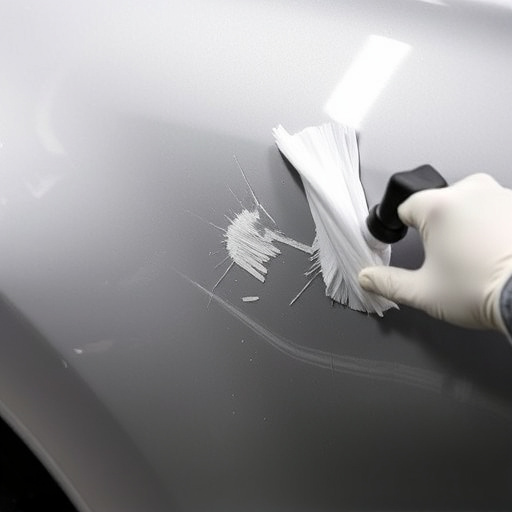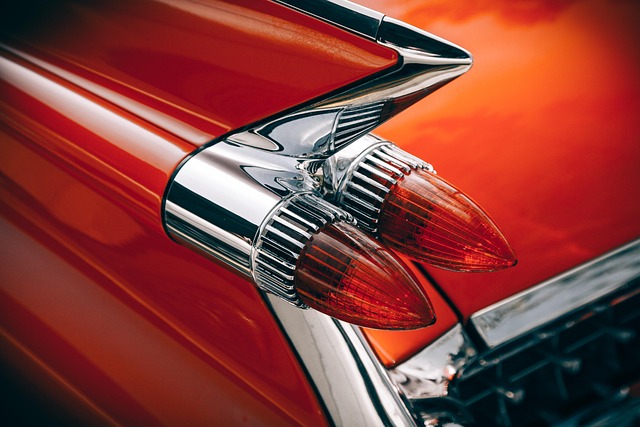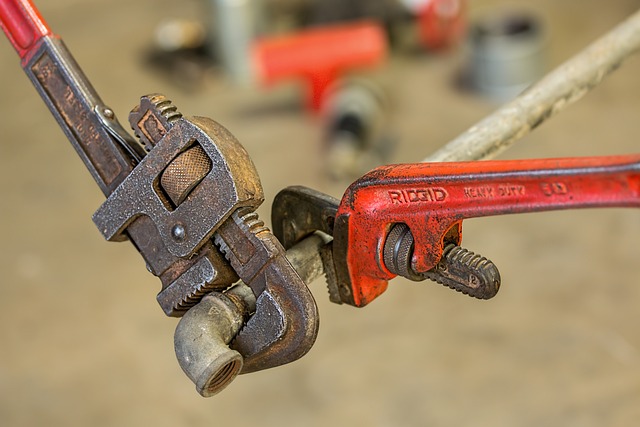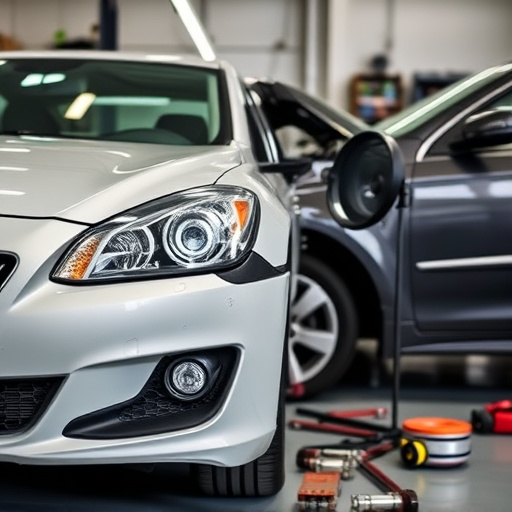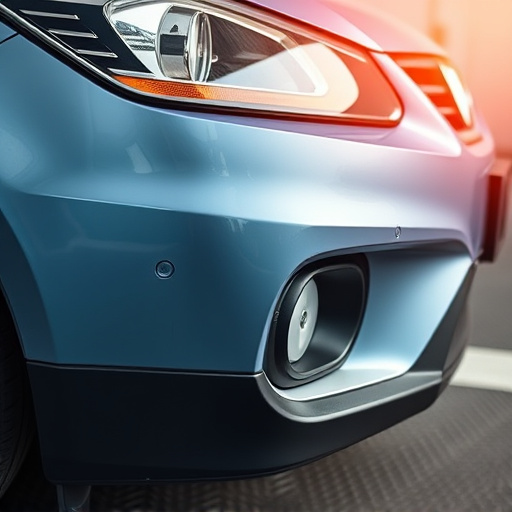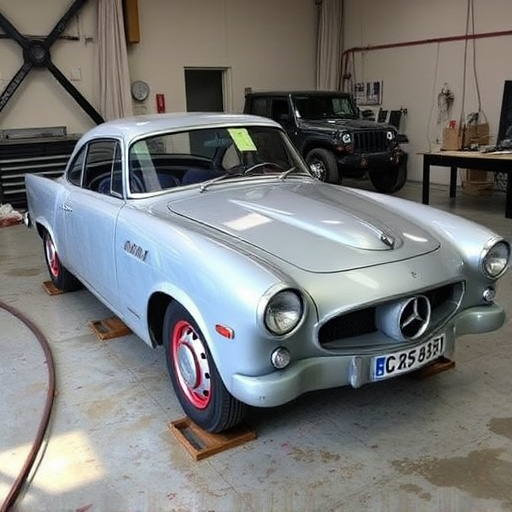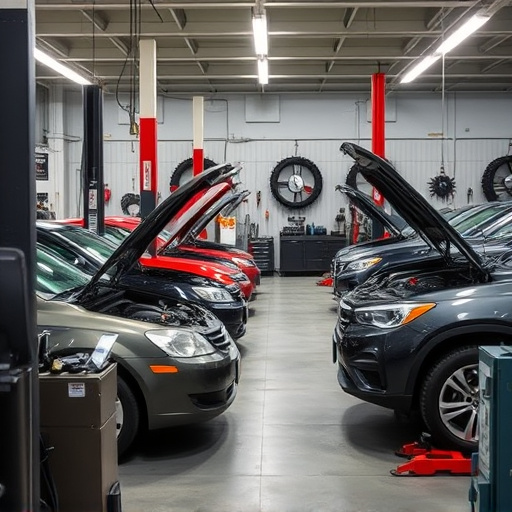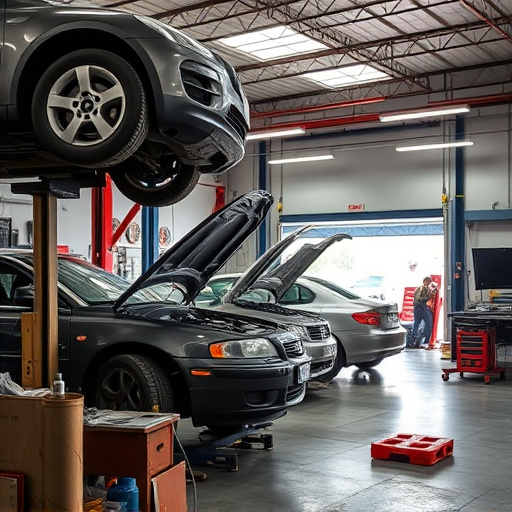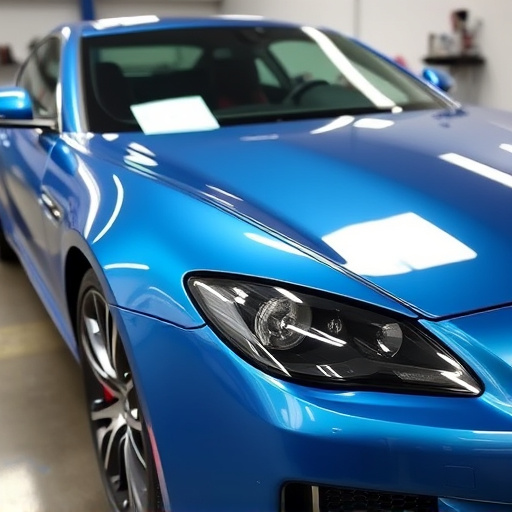Panel beating, an ancient art for repairing car dents, is valued for preserving vehicle originality and value, especially in high-end brands like Mercedes Benz. Modern solutions have emerged, offering precise body section replacements with advanced techniques, providing a faster, cost-effective, and thorough repair option compared to traditional panel beating. Cost and time are key considerations; while panel beating is skilled and faster for minor damages, replacement offers better long-term value by addressing the original damage cause.
When your car’s body takes a beating from an accident or damage, you face a crucial decision: panel beating versus replacement. This article guides you through the age-old tradition of panel beating, where skilled artisans shape metal with hammer and anvil, to the modern solution of car body replacement. We’ll delve into the processes, compare costs, timeframes, and quality outcomes, helping you choose the best path for your vehicle’s restoration.
- Understanding Panel Beating: The Traditional Art
- Modern Solution: Car Body Replacement Process
- Comparative Analysis: Cost, Time, and Quality
Understanding Panel Beating: The Traditional Art
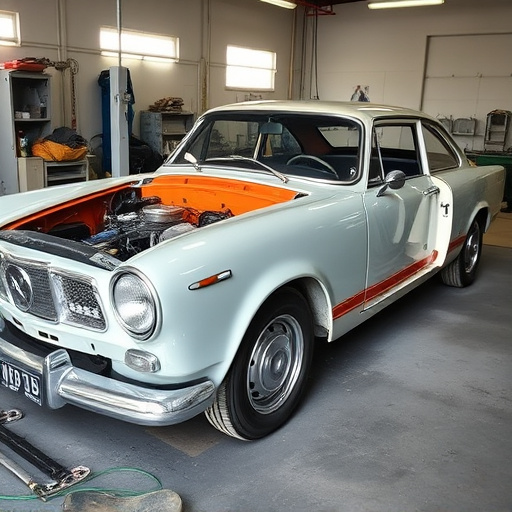
Panel beating is an ancient art that has been practiced for centuries, and it remains a vital skill in the automotive industry today. This traditional technique involves carefully bending and shaping metal panels to repair dents and damage, returning vehicles to their original condition. It’s a craft that requires immense precision, skill, and experience.
In the context of Mercedes Benz repair or any high-end automotive make, panel beating is often seen as a preferred method for several reasons. Unlike modern replacement practices where damaged parts are simply swapped out, panel beating preserves the originality and value of a vehicle. It’s especially beneficial for classic cars or those with intricate designs where finding exact replacements can be challenging. Skilled panel beaters can match the original finish seamlessly, ensuring a like-new appearance for the vehicle, all while keeping costs lower than complete replacement in a collision center.
Modern Solution: Car Body Replacement Process
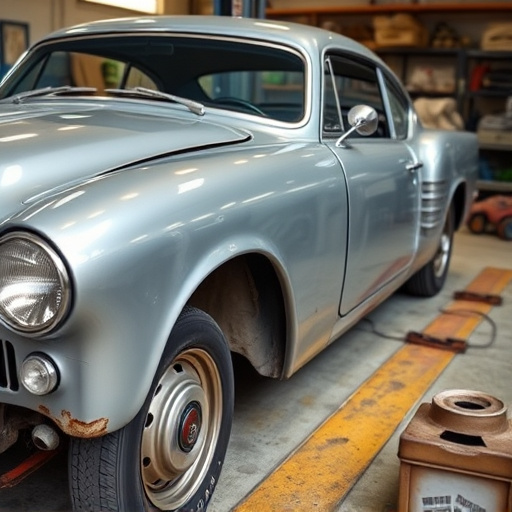
In today’s world, where efficiency and precision are paramount, the modern solution to car body damage goes beyond traditional panel beating. The car body replacement process involves a sophisticated approach that is revolutionizing auto repair services. Instead of meticulously repairing and reshaping damaged panels, this method offers a swift and durable alternative. By utilizing advanced techniques and state-of-the-art equipment, an auto repair shop can replace entire sections of a vehicle’s body with new, perfectly matched components.
This cutting-edge process ensures that every detail is accounted for, from the precise cutting and fitting of new panels to the meticulous painting to match the car’s original finish. Such modern automotive repair services not only save time but also guarantee a superior outcome. It’s a game-changer for both auto body shops and vehicle owners, offering a quick turnaround time and a restored vehicle that looks and performs like new.
Comparative Analysis: Cost, Time, and Quality
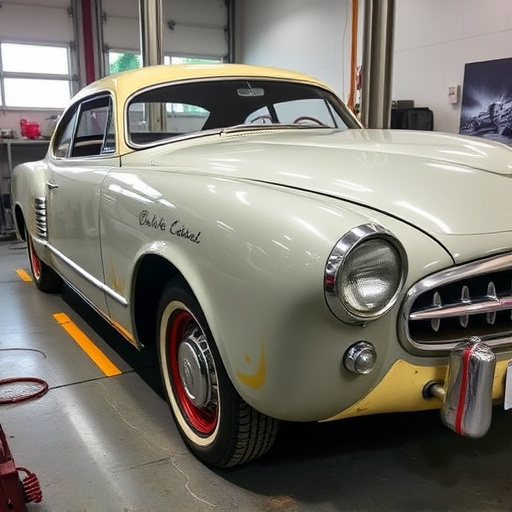
When comparing panel beating to replacement, cost is a significant factor. Panel beating, often seen as a traditional and skilled craft, typically involves repairing dents and damage to vehicle bodywork by hand. This process can be more labor-intensive, leading to higher costs, especially for extensive repairs. On the other hand, replacement entails swapping out damaged parts with new ones, which might sound pricier but often offers better value in terms of long-term investment.
In terms of time, panel beating is generally faster for smaller, localized damages. Skilled technicians can efficiently restore curves and shapes to near-original condition. However, for more complex vehicle collision repairs involving frame straightening, replacement may take longer due to the need for specialized equipment and precise measurements. This analysis highlights that while panel beating excels in speed for specific cases, replacement provides a more comprehensive solution, potentially saving time in the long run as it addresses the root cause of the damage rather than merely fixing the surface.
When deciding between panel beating and replacement for damaged car bodies, understanding the pros and cons of each method is key. Panel beating, an age-old technique, offers a traditional approach with unique artistic elements but may be more time-consuming and costly. On the other hand, car body replacement provides a modern solution with faster turnaround times and potentially lower expenses. In terms of quality, replacement parts often guarantee durability and factory-like finishes. For cost-effective, efficient repairs, replacement is a compelling choice, while panel beating remains an art form best suited for specific aesthetic restoration projects.
